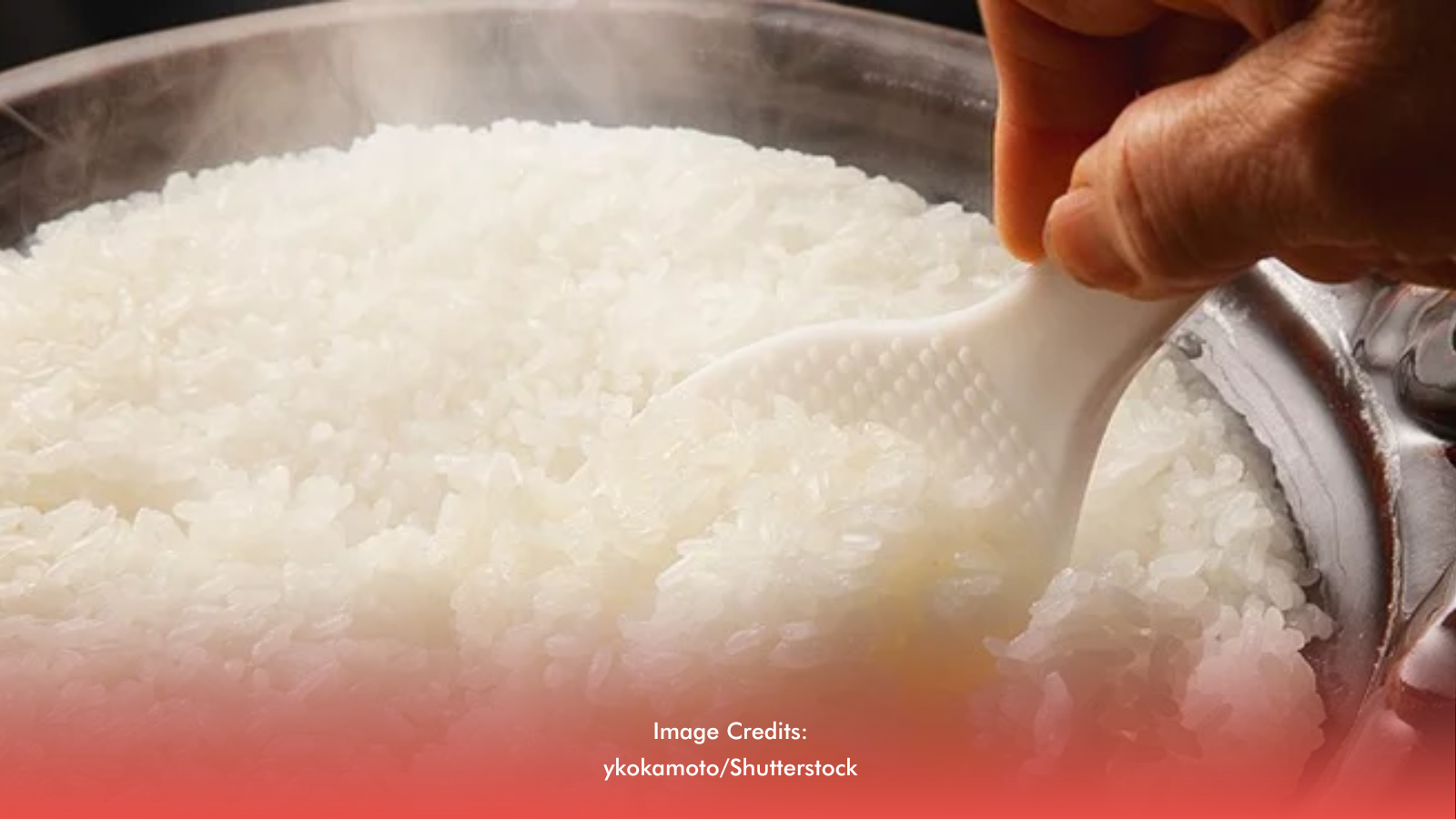For Filipinos, rice is more than just food—it’s comfort, culture, and a way of life. Whether it’s a fancy celebration or a simple “kanin at tuyo” meal at home, rice is always at the center of the table. It’s the unspoken star of every Filipino dish, lovingly called “kanin,” and to many, a meal isn’t a meal without it.
RELATED: [P20 Rice Now In Bacoor]
Rice is Love; Rice is Life
This deep-rooted love for rice goes way beyond the plate. In the Philippines, it represents hard work, family, and even identity. For generations, rice farming has been the livelihood of millions of Filipinos, especially in the rural provinces where “palay” fields stretch as far as the eye can see. Every grain tells the story of farmers braving heat, storms, and early mornings to put food on everyone’s table.
In Filipino homes, rice is often the first thing cooked in the morning and the last thing checked before a meal starts. It pairs with anything—sinigang, adobo, itlog, or even ketchup and toyo. Some might even joke, “Kahit walang ulam, basta may kanin!”
Rice is also a big part of celebrations and traditions. From suman wrapped in banana leaves during fiestas to the sweet and sticky bibingka and puto during Christmas, rice takes many beloved forms. It even plays a role in spiritual offerings, harvest festivals, and wedding rituals, where uncooked grains symbolize prosperity and good fortune.
Why We Can’t Live Without It
There’s a reason the question “Kumain ka na ba?” is practically another way of saying “How are you?” in Filipino culture. Food is care, and more often than not, that food means rice.
Even as trends shift and fast food grows, rice remains undefeated. Brown rice, red rice, jasmine, and dinorado have all found their way into urban kitchens. And while some try to switch to bread or pasta, most will eventually admit, “Iba pa rin ang kanin.”
A Grain That Unites
In times of joy or struggle, rice brings Filipinos together. From relief packs during disasters to packed lunches at school or work, it’s always there—steady, reliable, and familiar. It’s not just a side dish; it’s part of who we are.
So the next time someone says, “Kanin pa lang, ulam na,” smile, because in the Philippines, rice isn’t just food. It’s family.








